Power cogeneration, or combined heat and power (CHP), is not only a smart choice for the environment, but it’s also great for the bottom line. It produces electricity and thermal energy on-site, replacing or supplementing electricity provided from the local utility, significantly improving energy efficiency. Incorporating commercially available technology, CHP can provide an immediate solution to pressing energy problems.
Cogeneration solutions represent a proven and effective near-term energy option to help enhance energy efficiency, ensure environmental quality, promote economic growth, and foster a robust, long-term and resilient energy infrastructure. In 2020, energy production in the United States fell to just below 96 quadrillion British thermal units, down more than 5% from 2019’s record high, according to the U.S. Energy Information Administration. In fact, cogeneration is one of the few options in energy alternatives that combines environmental effectiveness with economic viability and improved competitiveness.
Why does cogeneration make sense?
Simply put: cogeneration lowers demand on the electricity delivery system, frequently reduces stress on traditional energy supplies, makes businesses more competitive by lowering their costs and reduces greenhouse gases. Such CHP technology is quickly deployed, cost-effective and has few limitations on where and how it is established. In fact, The United States Department of Energy has a goal of having CHP constitute 20% of generation capacity by the year 2030.
Cogeneration is an indictment of and reinforces the critical need for infrastructure investments toward a next-generation energy system. Already used by many large industrial, commercial, and institutional facilities, cogeneration is a proven and effective energy resource, deployable today, that can help address current and future US energy needs.
Though more widely adopted in Europe, cogeneration has been growing in popularity throughout the past decade in the United States. High electric rates, for example, in New England and the Mid-Atlantic states make these areas of the country among the most beneficial for cogeneration.
According to Bloomberg, cities like Hoboken, New Jersey, are looking to build self-sustaining cogeneration plants that will in conjunction with other natural energy sources create microgrids for supplying power to residents and businesses. These would deploy utility services when electrical demand rises or is needed, such as during arresting temperatures in the summer and winter months when usage for cooling or heating increases, or after natural disasters such as flooding or winter storms.
Resilient. Self-reliant. Cost-effective. The list goes on and on, but cogeneration is indeed a more efficient use of energy, because heat from electricity generation that would have been wasted is put to productive use. This is why it is important that factories, power plants and large-scale facilities need to have the right partner when installing a cogeneration network. For more than 15 years, electrical installers like Hugh O’Kane Electric (HOK), lead by President Hugh R O’Kane; has become a leading specializer in alternative power projects for New York City and its metro area. The company has been upgrading, expanding and installing power sources for a variety of public and private enterprises on a regular basis for over 75 years.
This institutional expertise Hugh O’Kane is able to provide to private and public entities is paramount in order to design and implement network projects that can successfully expand their service offerings to increase their market share and gain more customers. This lineage and industry expertise has afforded Hugh O’Kane a competitive edge because it has expert knowledge of an area’s infrastructure and is able to work within the required parameters of existing networks much more easily. In doing so, Hugh O’Kane is able to take the time required to provide an alternative power infrastructure needed to ensure continuous, robust energy for municipalities, corporations and private enterprises.





